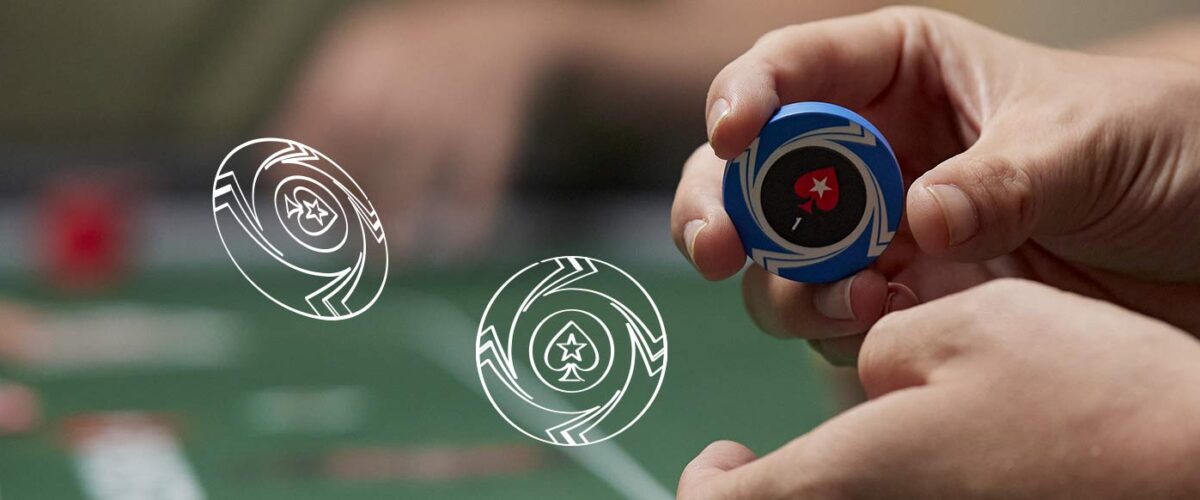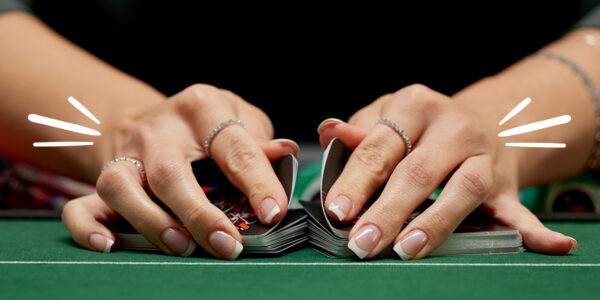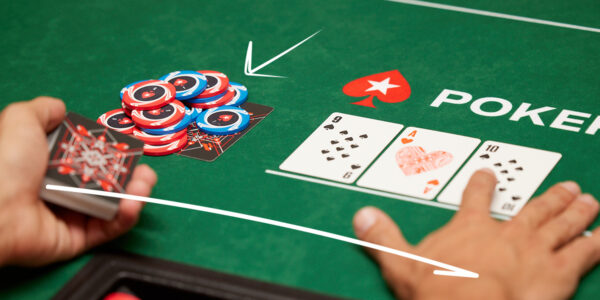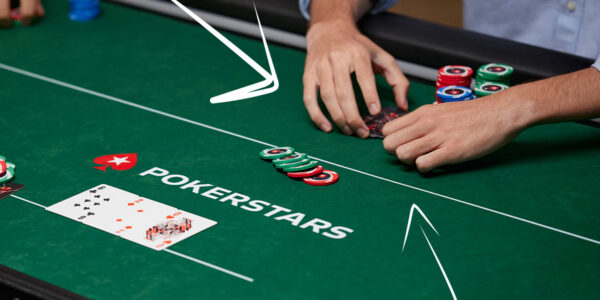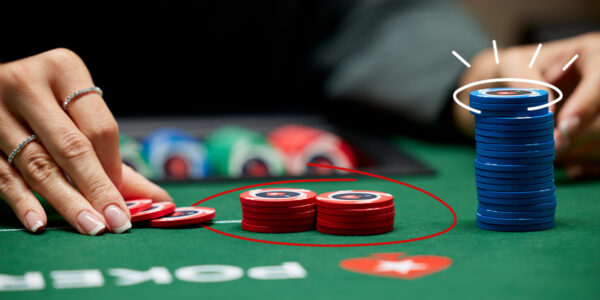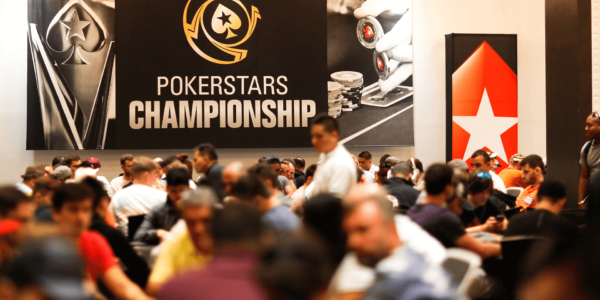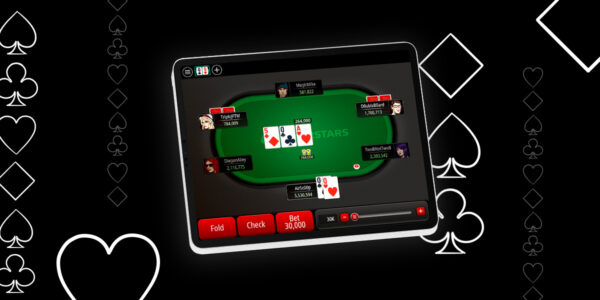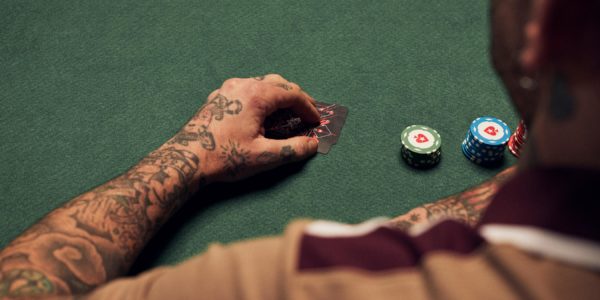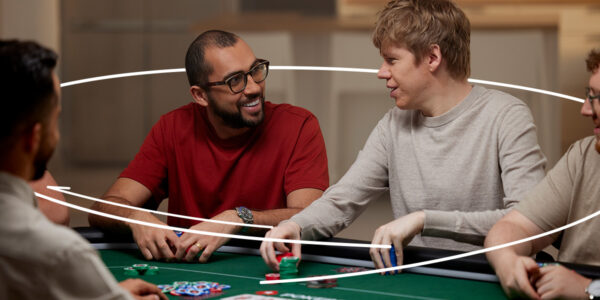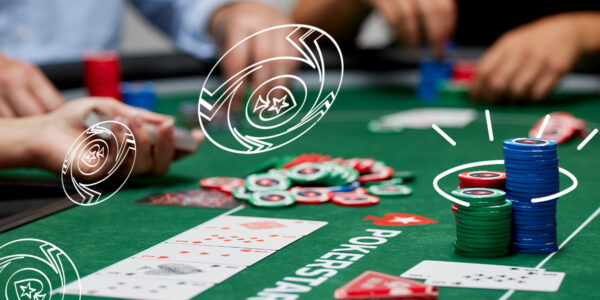MTT bubble play as a short stack
The bubble of a multi-table tournament (MTT) is the first time you’ll really notice the disparity in chip stacks, not only on your table but across the entire field.
It’s not something you needed to concern yourself with before. After all, nobody can win a tournament in the early to mid-stages, so, so what if someone has a mountain of chips and you don’t? There’s plenty of time for you to get some back.
That’s true…until it isn’t. When you reach the bubble, a lack of chips suddenly switches from an unfortunate situation to a big problem. You go from ‘waiting for your spot to double up’ mode into ‘full-on survival’ mode. The fewer chips you have, the more important making the money (and having something to show for your time and effort) becomes.
But how should you play on the bubble as a short stack?
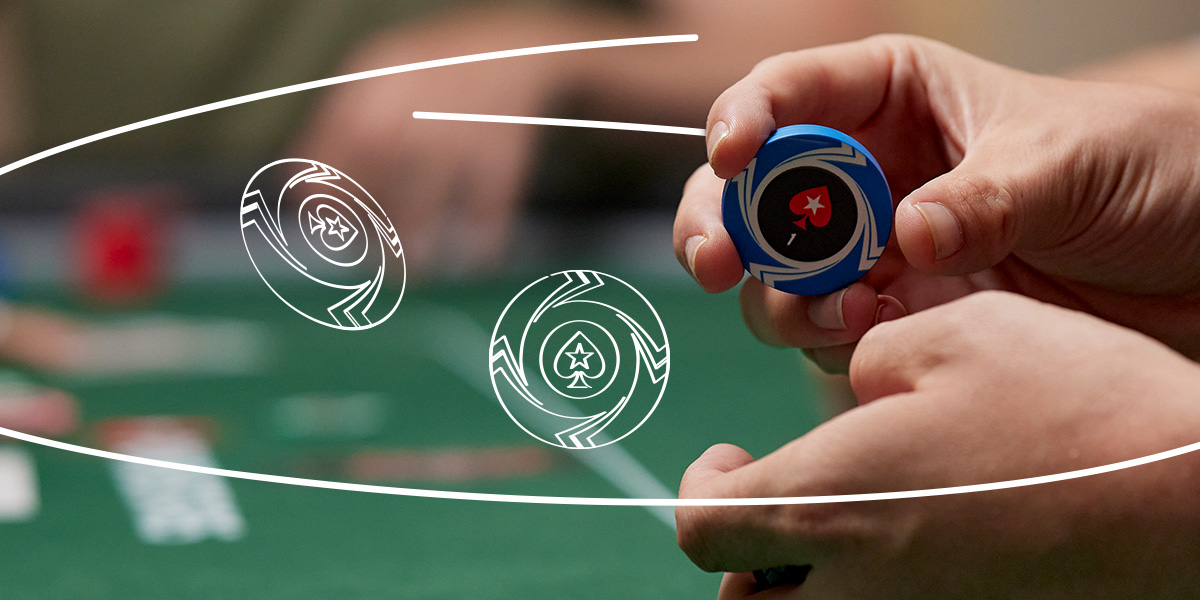
Hold on tight
You’ve usually already battled for at least an hour or two by the time you reach the bubble of an MTT. The last thing you want to do is bust before the money and leave with nothing.
This is certainly tre when you’re super short-stacked, more so than when you’re a middle stack. If you clash in a huge all-in pot as a middle stack, you might end up busting and missing the money. That’s unfortunate.
But if you win the pot and shoot up to the top of the chip counts, then you now have an excellent opportunity to not only min-cash but make a very deep run and enjoy a far larger score. In this case, the positives of playing a big bubble pot outweigh the negatives.
But as a super short stack (say, six big blinds or less), even doubling up doesn’t increase your chances of a deep run significantly. Even if you manage to double up, you’ll still only have 12 big blinds and (depending on the tournament situation) you’ll still most likely sit towards the bottom of the chip counts.
So, the best course of action is to play very tight when super short-stacked on the bubble.
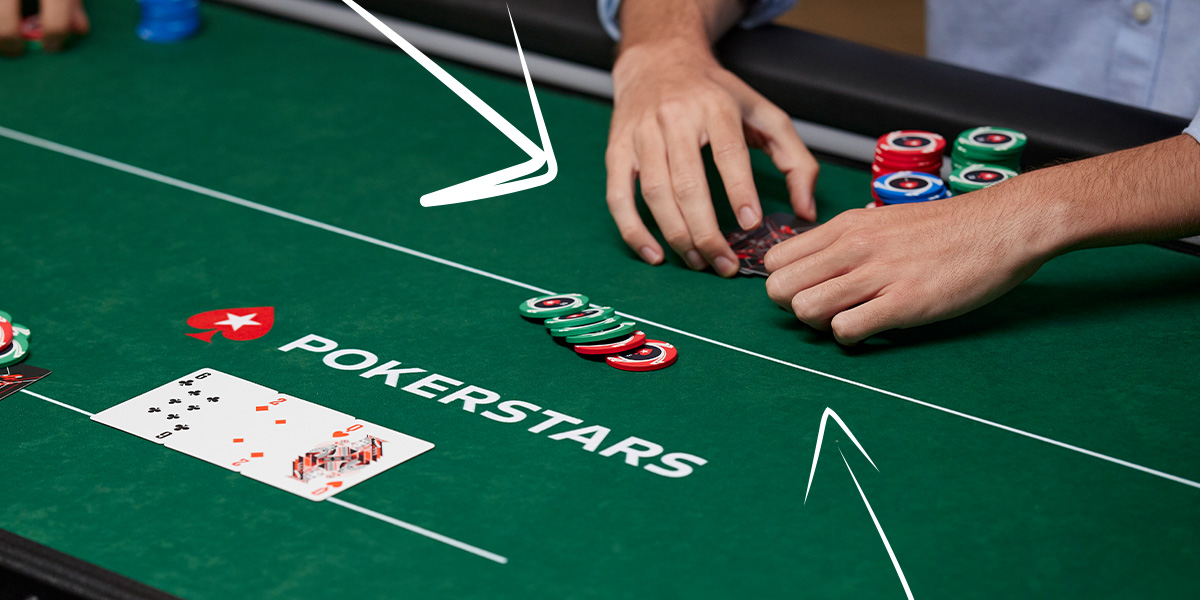
Try not to play scared
All that being said, you really have to ask yourself what matters most to you in the tournament you’re playing.
Perhaps you’re playing a tournament on the high end of your buy-in range. In these cases, locking up a min-cash can be important to your bankroll.
But if you’re playing a tournament you can comfortably afford to play many times over, perhaps the min-cash isn’t so valuable to you. Making a deep run and trying to win might be more important.
So, when you have a short stack – say, eight to 12 big blinds – you should try to make the money while also not passing up any opportunities that come your way.
In his article ‘Playing on the bubble: Short stack’, Dave Roemer describes why he’s more likely to bubble a tournament with 7-15 big blinds than he is with 1-6 big blinds.
“If you’re thinking at first glance this seems weird, you’re not wrong… it’s a bit counterintuitive,” he writes. “But consider the factors we talked about above. When jamming first in with 13 big blinds, we have some legitimate fold equity to leverage, and our all-in will result in taking down the blinds and antes without a fight a tangible percentage of the time, which are valuable chip pick-ups.”
If your all-in shove gets called in these spots, you’ll double up to 26-28 big blinds, a significant leap and one that gives you a good chance to make a deep run.
“[Doubling up] gives us a lot more stack utility, increasing the tools we can pull from our tool belt and the threat we provide to other stacks” he says. “Shoving, getting called by a bigger stack, and losing still will happen sometimes. And when it does it will be natural to feel bad about not folding and locking up that min-cash. But the penalty of busting on the bubble in this scenario is compensated for by the numerous times we chip up from the blinds and antes without a fight, plus the times we get called and win the full double, making our stack a real threat. These forms of compensation aren’t available when we sit with four big blinds.”
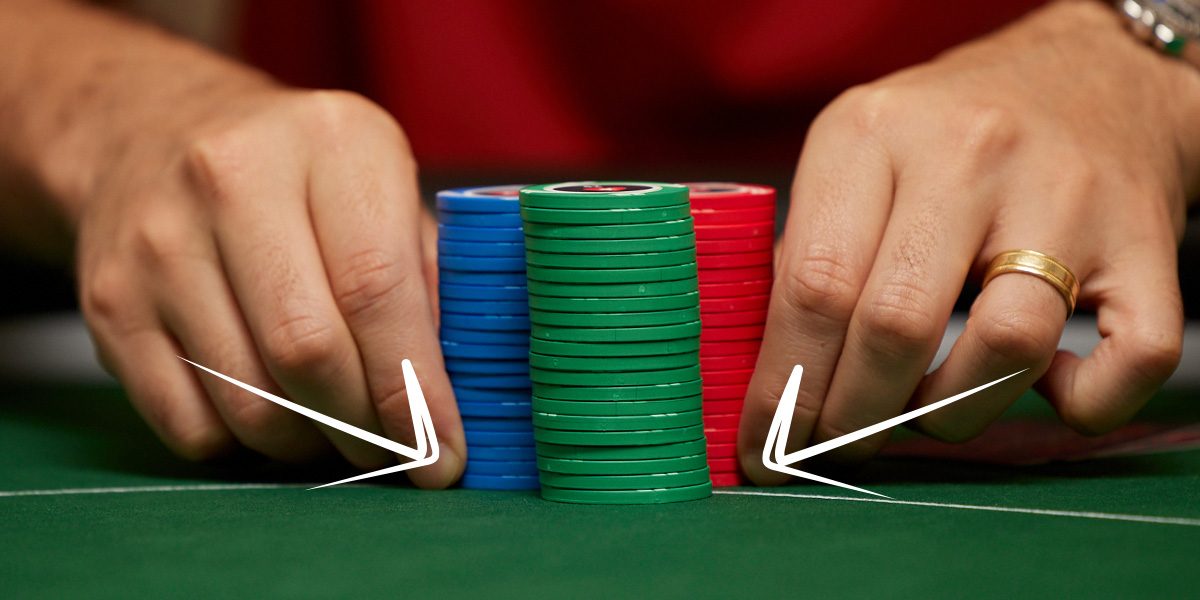
When should you call all-in as a short stack on the bubble?
Good question. The answer? Not often.
It’s far better to shove yourself and place the decision on other stacks than it is to call all-in when on the bubble.
It will get frustrating. There’s no worse time to be a short stack than on the bubble. You see larger stacks applying pressure and opening every hand like there’s no tomorrow.
But that doesn’t mean you should snap-call all in with ace-jack offsuit against a big stack shove on the button when you’re on the direct bubble. Consider your stack size, your goals, and how much the min-cash is worth to you before coming to a decision.
Just because you double up, it doesn’t mean the bubble is over. The bubble will continue, and you’ll still be trying to make the money, so perhaps it’s best to wait until you lock up that cash.
Condimentum Nibh
Donec sed odio dui. Cras mattis consectetur purus sit amet fermentum. Vestibulum id ligula porta felis euismod semper. Curabitur blandit tempus porttitor.
